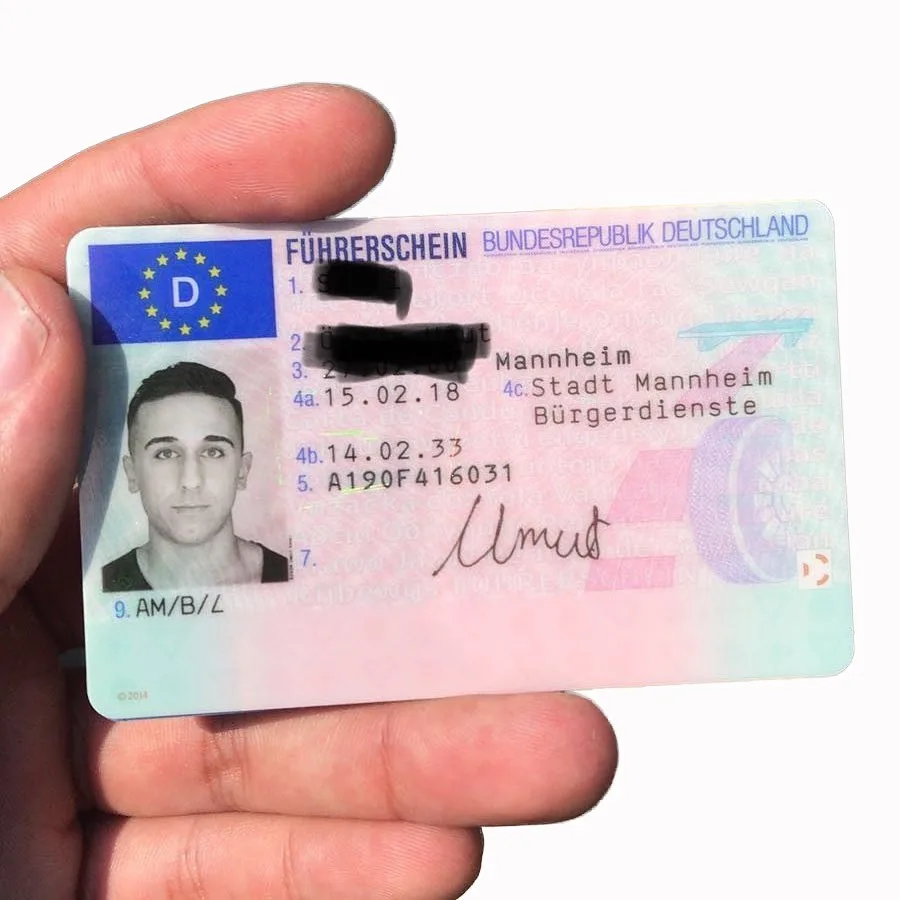Finding out to Drive Without a Test: Checking Out Alternative Courses in Driver Education
In a period where convenience and innovation dominate the landscape of education and skills acquisition, the traditional model of finding out to drive-- finishing a rigorous test to earn a driver's license-- has actually come under analysis. For many, the procedure of getting behind the wheel, studying hard, and passing both a written and useful driving test can be intimidating. However, emerging trends and alternative approaches to driver education recommend that there might be ways to find out to drive without feeling the pressure of a formal testing environment.

Understanding the Traditional Model
Generally, making a driver's license needs possible drivers to go through a series of tests designed to assess knowledge and practical skills. These consist of:
Composed Test: This evaluates understanding of the rules of the road, traffic signals, and safe driving practices.
Practical Driving Test: Applicants need to demonstrate their capability to operate a lorry safely and in accordance with traffic laws.
While this design guarantees that all drivers meet a minimum standard of proficiency, it can be a source of stress for many learners. The worry of failure, integrated with the logistics and cost related to testing, can hinder individuals from getting their license entirely.
Alternative Methods of Learning to Drive
Driving School Innovations: Many driving schools have begun to provide more personalized education programs that enable students to discover at their own pace. These programs often consist of individually instruction with certified driving trainers who concentrate on structure self-confidence instead of pressuring trainees to pass a test. Some modern driving schools even incorporate online modules where students can study the rules of the road in a more relaxed setting before stepping into the car.
fahrprüfung umgehen : Advances in technology have led to the creation of sophisticated driving simulators. These can offer important experience without the threat of mishaps. Learners can practice their abilities in various weather condition conditions, traffic scenarios, and driving situations that they may not encounter in normal driving classes. This hands-on approach to learning can improve a student's proficiency and confidence behind the wheel.
Peer-to-Peer Learning: Informal driving practice with buddies or member of the family can also work as a viable option to traditional methods. While this method does not totally get rid of the need for official testing, it enables individuals to acquire comfort and experience behind the wheel without the anxiety of a main evaluation. Friend or family can supply guidance and feedback, making the learning procedure less intimidating and more encouraging.
Flexible State Regulations: Some regions are starting to reevaluate their compulsory testing policies, especially for certain demographics, such as veterans or people with specials needs. These changes reflect a growing recognition that life experiences and driving routines might not always align with standard testing requirements. Advocacy for a more holistic approach to evaluating driving competence is ending up being a subject of discussion in lots of legislative circles.
Private Certifications: In particular locations, people may explore choices that focus more on mentorship and much safer driving habits instead of conventional tests. fahrprüfung umgehen through neighborhood programs or recognized companies that back experiential knowing might motivate safe driving while bypassing the standard testing route.
The Benefits and Drawbacks
While finding out to drive without an official test provides lots of potential benefits-- such as lowering stress, cultivating a more inclusive environment for students, and concentrating on skills over testing anxiety-- it also raises issues. Critics argue that getting rid of official assessments could cause disparities in driver readiness, possibly jeopardizing roadway safety.
Additionally, standard testing serves not just as an assessment of abilities, however as a standardized benchmark that ensures all motorists have the needed understanding to navigate the roads securely.
Conclusion
The landscape of driver education is developing. As alternative methods of discovering to drive gain traction, striking a balance between flexibility and safety is vital. While it is clear that there are opportunities for learning to drive without the pressure of a formal test, making sure that all chauffeurs preserve a high requirement of safety need to remain a top priority. In the future, we might see more tailored techniques to driver education that accommodate different discovering designs, eventually causing more secure, more confident drivers on our roadways.
